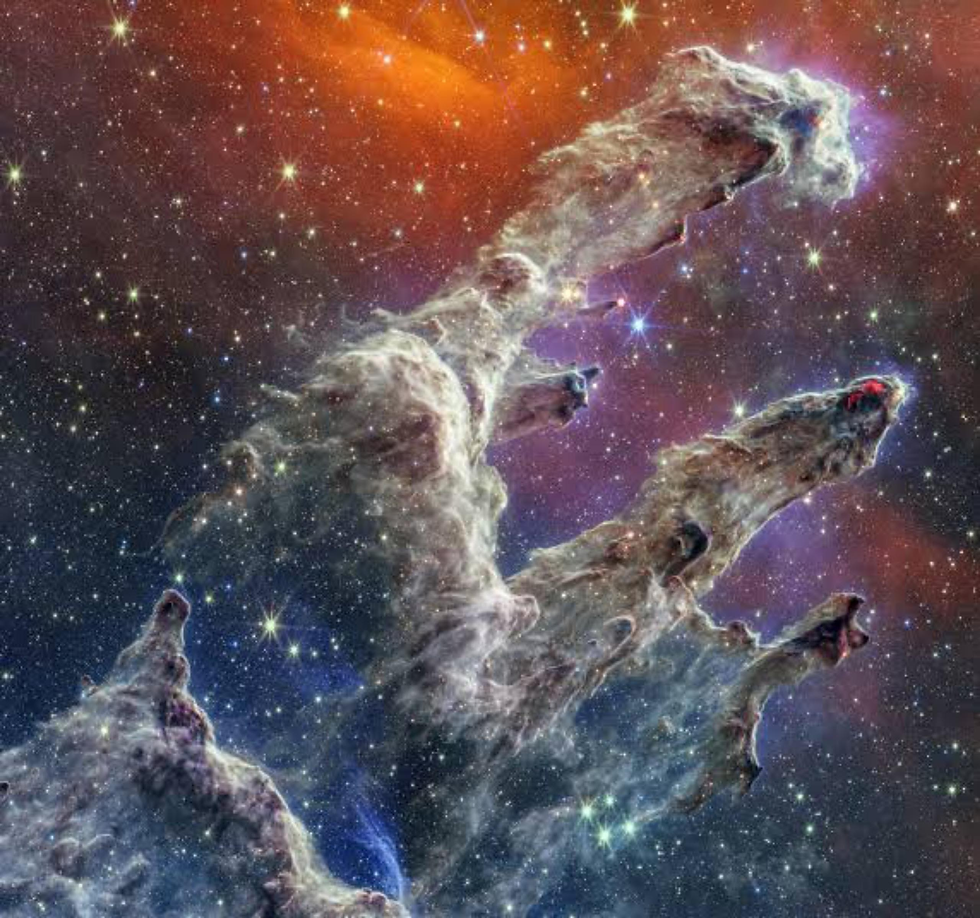A New Era for Earth Science: The Successful Launch of the NISAR Satellite
- Jul 31
- 2 min read
The skies over Sriharikota, India, lit up on July 30, 2025, as a new chapter in global Earth observation began. The NASA-ISRO Synthetic Aperture Radar (NISAR) satellite, a monumental collaboration between the Indian Space Research Organisation (ISRO) and the U.S. National Aeronautics and Space Administration (NASA), was successfully launched aboard an ISRO Geosynchronous Satellite Launch Vehicle (GSLV-F16). This mission isn't just about putting another satellite into orbit; it's a testament to international scientific partnership and a game-changer for how we understand and protect our planet.
NISAR is a technological marvel, designed to be the world's first Earth-observing satellite to use a dual-frequency synthetic aperture radar. This means it carries two distinct radar systems: an L-band radar provided by NASA and an S-band radar from ISRO. This dual-frequency capability allows NISAR to penetrate clouds and forest canopies, providing an unprecedented, all-weather, day-and-night view of Earth's surfaces. From its sun-synchronous polar orbit at an altitude of 747 kilometers, it will meticulously map the entire globe every 12 days.

The data this mission will collect is nothing short of revolutionary. For a planned mission life of five years, NISAR will provide scientists with high-resolution imagery to study some of Earth's most complex and dynamic processes. Its key objectives include:
Disaster Management: The satellite's ability to detect tiny changes on the Earth's surface—as small as a few centimeters—will be crucial for monitoring natural hazards. This includes tracking land deformation associated with earthquakes and volcanoes, and monitoring landslides and floods for more effective disaster response and infrastructure assessment.
Climate Monitoring: NISAR will be a vital tool for understanding climate change. It will track glacial melt, sea-level rise, and changes in ice sheets in Greenland and Antarctica. The data will also help monitor forest biomass and track changes in active crops, providing invaluable information for agricultural forecasting and climate models.
Ecosystem and Environmental Studies: With its ability to see through dense vegetation, NISAR will be able to map deforestation, monitor forest health, and track changes in wetlands with incredible detail. This will aid conservation efforts and help us better manage our natural resources.

The NISAR mission, with a joint investment of over $1.5 billion, is a shining example of how international collaboration can push the boundaries of science for the greater good. Both ISRO and NASA will use their ground stations to download the data, which will then be made freely and openly available to the global scientific community. This open-data policy reinforces the mission's "Vishwabandhu" (friend of the world) spirit, ensuring that its benefits will extend far beyond the collaborating nations.
As the satellite begins its commissioning phase, we are on the cusp of a new era of Earth science. The NISAR mission promises to provide the detailed, actionable information needed to make smarter, more science-driven decisions for a sustainable future. It’s not just a satellite; it's a powerful "scientific handshake" between two spacefaring democracies, and its success is a victory for the entire planet.




Comments